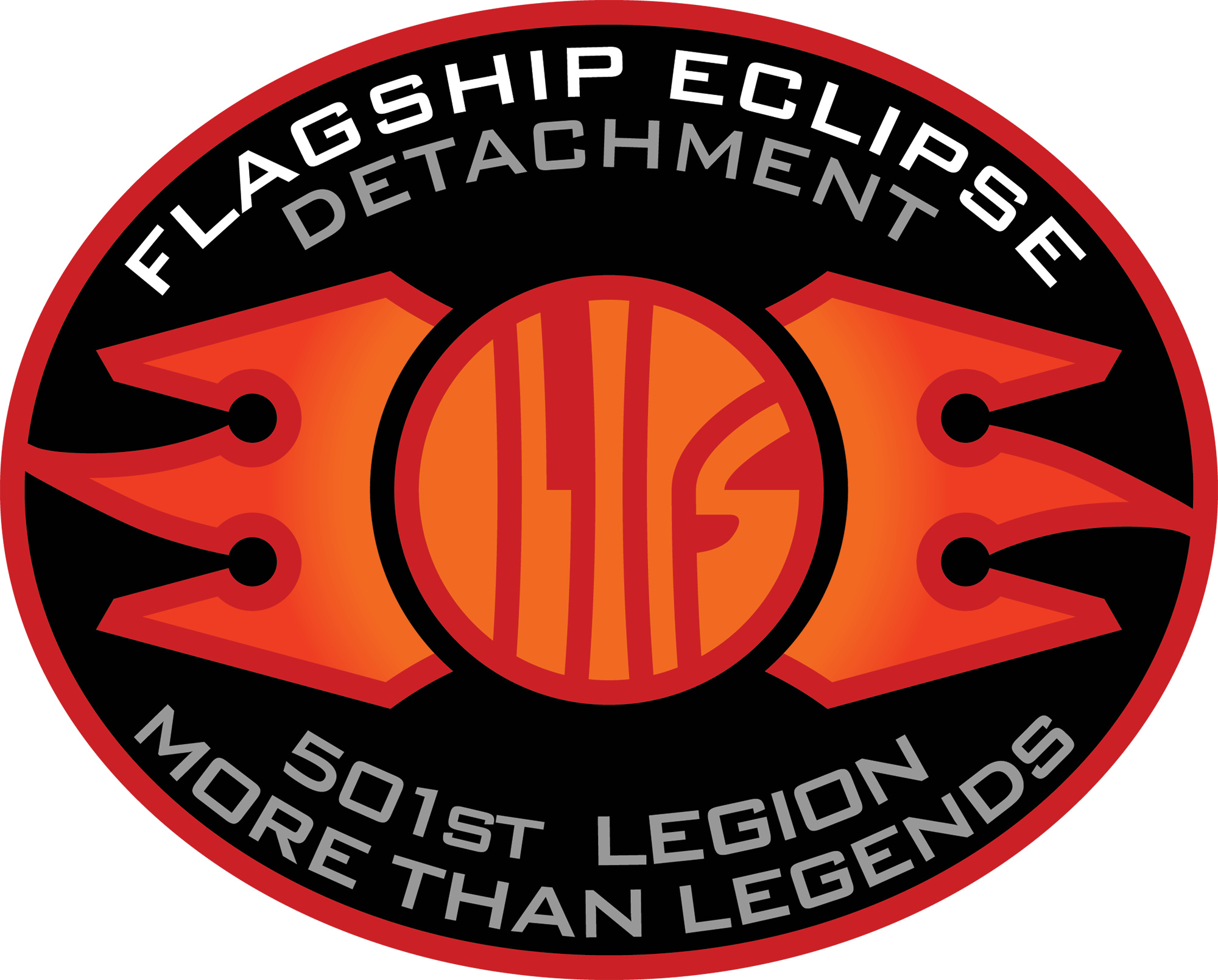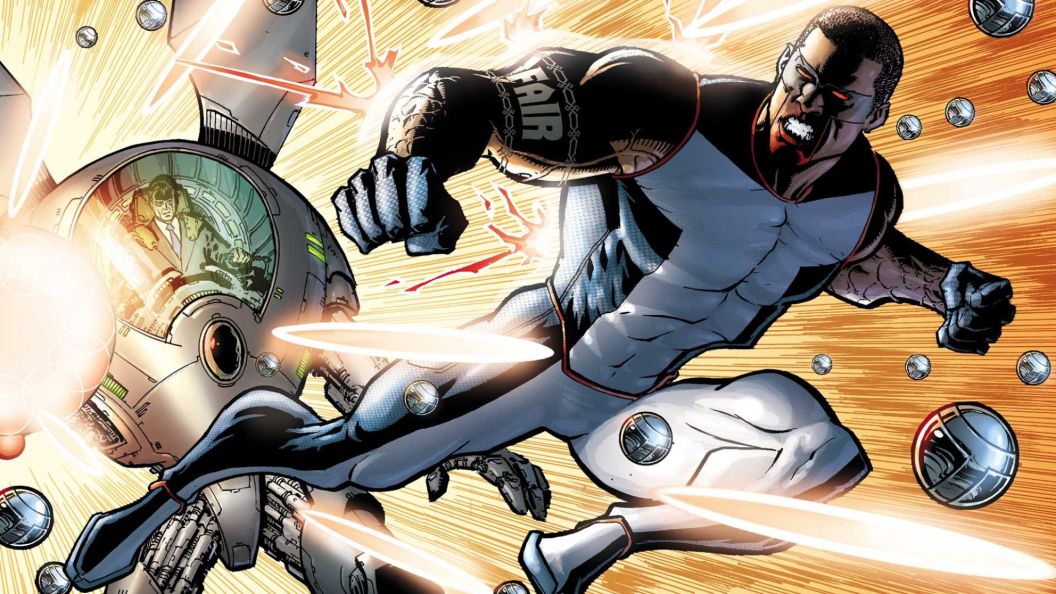
The name Mister Terrific represents a legacy of peak human potential and an unwavering dedication to the principle of “Fair Play” within the DC Comics universe. Unlike many heroic mantles passed down through simple succession, the Mister Terrific identity connects two distinct individuals separated by decades but united by extraordinary intellect, profound personal loss, and the eventual discovery of purpose through helping others. Terry Sloane, the Golden Age original, established the foundation with his myriad talents and street-level focus, while Michael Holt, the modern successor, expanded the concept with technological marvels and leadership on a global, even cosmic, scale, becoming one of the most respected minds in the DC continuity.
With Michael Holt set to make his cinematic debut in James Gunn’s highly anticipated Superman, portrayed by Edi Gathegi, interest in this often-undersung hero is surging. However, navigating the history of a legacy character, especially one with two distinct bearers, can be complex for newcomers. This guide is designed to illuminate the path, exploring the origins and key adventures of both Terry Sloane and Michael Holt, highlighting the essential stories that define their evolution, and offering the best starting points for readers eager to discover why Mister Terrific lives up to the name.
Best Entry Points for New Readers
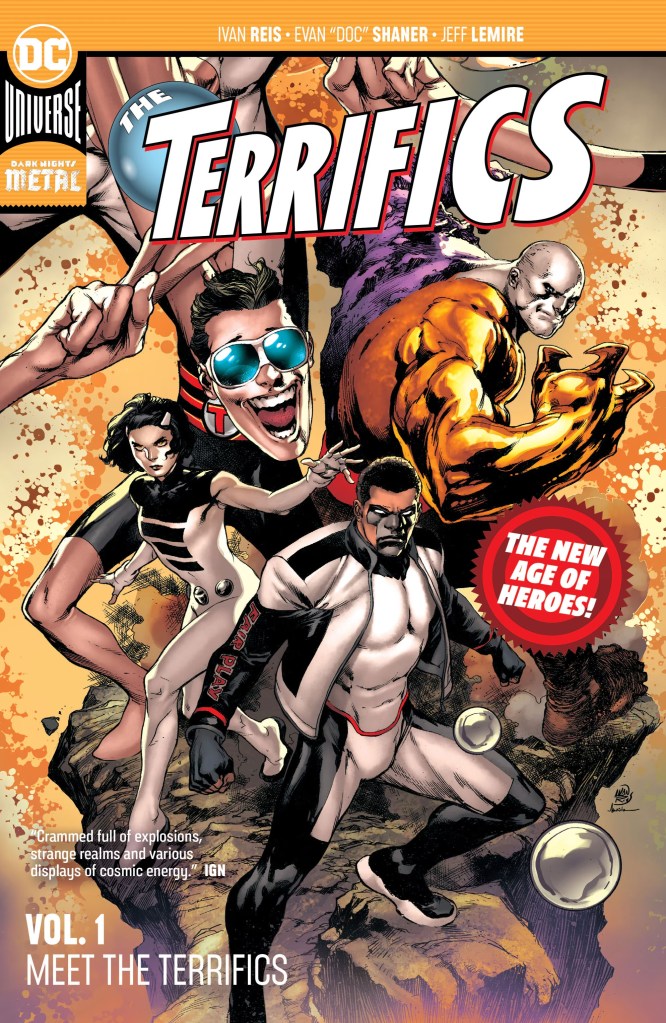
Diving into the world of Mister Terrific means engaging with two distinct heroes across different eras of DC Comics. While Terry Sloane laid the groundwork, Michael Holt has carried the mantle for decades, becoming the version most familiar to modern readers. These entry points focus primarily on Holt, offering accessible introductions that capture his essence and significance without requiring deep dives into eighty years of continuity.
The absolute foundational text for the modern Mister Terrific is Spectre (vol. 3) #54. Written by the legendary John Ostrander with art by Tom Mandrake, this single issue is a masterclass in concise storytelling. It not only introduces Michael Holt and powerfully depicts the devastating personal tragedy that leads him to contemplate ending his life, but it also brilliantly connects him to his predecessor. In the issue, the Spectre recounts Terry Sloane’s heroic life and solves the mystery of his decades-old murder, directly inspiring Holt to find purpose by adopting the “Fair Play” mantle. It’s poignant, efficient, and it establishes Holt’s core motivations, including his defining atheism, making it the perfect starting block.
[RELATED: Comics Starter Pack: A Beginner’s Guide to Lex Luthor]
To see Michael Holt in action and understand his rise within the superhero community, JSA Vol. 1: Justice Be Done is an excellent choice. Collecting the first five issues of the celebrated 1999 relaunch by James Robinson, David S. Goyer, Geoff Johns, and artist Stephen Sadowski, this story arc reintroduces the Justice Society for a new era. While Holt formally joins slightly later in the run, this collection establishes the team’s dynamic, introduces key members he’d interact with, and sets the stage for his eventual role as chairman. It showcases the blend of legacy heroes and new recruits that defined this era and Holt’s development into a leader.
For a more contemporary, self-contained adventure showcasing Holt’s leadership and scientific prowess, The Terrifics Vol. 1: Meet the Terrifics is ideal. Launched in 2018 by writer Jeff Lemire and artists Ivan Reis, Joe Bennett, and Evan “Doc” Shaner, this series requires minimal prior knowledge. Born from the events of Dark Nights: Metal, it binds Holt with Metamorpho, Plastic Man, and Phantom Girl through Dark Multiverse energy. Holt leads this quirky, science-focused team on wild adventures, drawing comparisons to the Fantastic Four. It’s visually spectacular, full of imaginative concepts, and highlights Holt’s role as the (often exasperated) brilliant mind holding the chaotic team together.
- Spectre (vol. 3) #54 (1997) – The essential, powerful origin connecting Holt to Sloane’s legacy.
- JSA Vol. 1: Justice Be Done (Collecting JSA #1-5, 1999-2000) – Establishes the modern JSA context where Holt became a leader.
- The Terrifics Vol. 1: Meet the Terrifics (Collecting The Terrifics #1-6, 2018) – Accessible, modern team adventure focused on science and exploration.
The Golden Age Original: Terry Sloane (1942-1979)
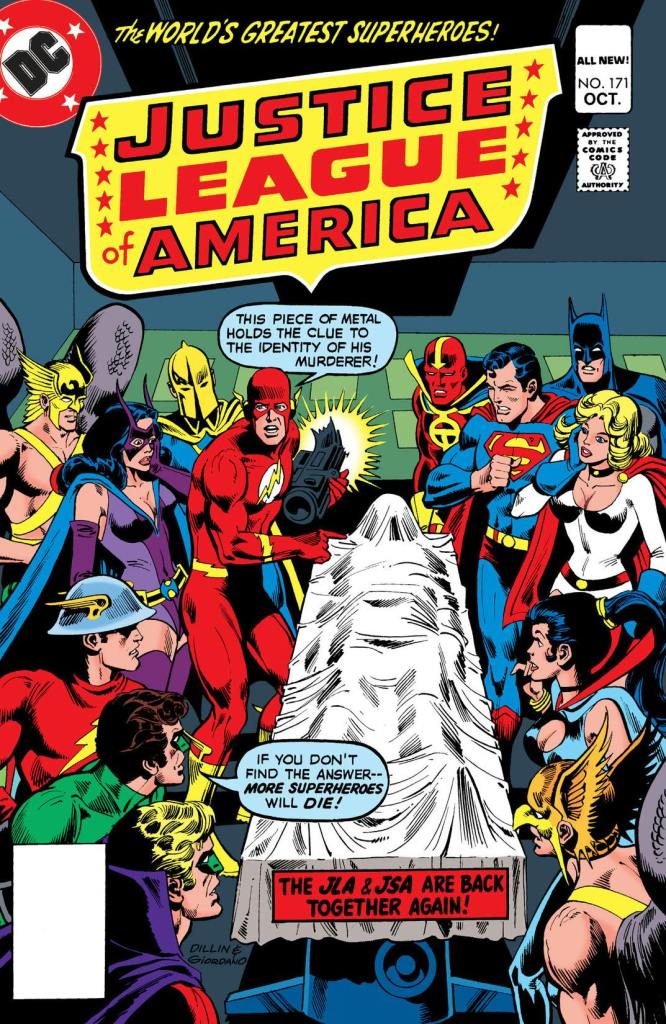
The story of Mister Terrific begins in the heart of the Golden Age of Comics. Terry Sloane, the first man to bear the name, debuted in Sensation Comics #1 (January 1942), sharing the issue with the first appearance of Wonder Woman’s ongoing series and fellow future Justice Society member Wildcat.
Created by writer Charles Reizenstein and artist Hal Sharp, Sloane was presented as a man gifted with extraordinary abilities from birth. A child prodigy with a photographic memory, he mastered academics and athletics with unparalleled ease, graduating from college as a young teen and becoming a millionaire businessman. However, this effortless success led to a profound existential boredom, pushing him towards thoughts of suicide — a remarkably dark origin for the era. His path changes when he saves a young woman, Wanda Wilson, from a similar fate, finding renewed purpose in helping her brother escape a local gang. Donning a costume emblazoned with “Fair Play,” Sloane dedicated his life to fighting crime and establishing youth clubs, turning his ennui into altruism.
Throughout the 1940s, Mister Terrific’s adventures unfolded in the backup pages of Sensation Comics. These stories typically saw Sloane, often assisted by Wanda Wilson, using his “1,000 Talents” — intellect, martial arts mastery, and peak athletic skills — to tackle street-level crime in his city. Unlike many contemporaries, he possessed no superpowers, relying entirely on his natural abilities. Despite his impressive skillset, his broad competence didn’t translate into a unique visual hook, and the “rich man fights crime” trope was already well-trodden. This perhaps explains why he remained a backup feature, never achieving cover status or significant prominence during the Golden Age, even though he debuted alongside future icons.
Terry Sloane’s connection to the Justice Society of America during the Golden Age was minimal. His only confirmed appearance with the team during that era was in All-Star Comics #24. In this issue, he and Wildcat temporarily filled roster spots vacated by The Flash and Green Lantern, who had become honorary members after gaining their own solo titles. Later continuity would retroactively establish Sloane as a member of the larger wartime All-Star Squadron, integrating him more fully into the tapestry of DC’s history. His role within the JSA would grow substantially in post-Golden Age stories, particularly during the popular annual JLA/JSA team-ups starting in the Silver Age with Justice League of America #37-38.
After retiring from costumed adventuring around the time the JSA disbanded under political pressure in 1951, Sloane returned sporadically for cases in the 1960s and 70s. His final case occurred during a JLA/JSA gathering in Justice League of America #171, written by Gerry Conway and pencilled by Dick Dillin. Sloane revealed he was hunting his old foe, the Spirit King, and suspected a traitor among the heroes. Before he could elaborate, an explosion rocked the JLA satellite, and Sloane was found murdered. The next issue revealed that the Spirit King had possessed the Golden Age Flash (Jay Garrick) and used him to commit the murder. This shocking death remained an unresolved plot thread for years, until Spectre (vol. 3) #54 by John Ostrander and Tom Mandrake finally revealed the Spirit King’s motives and used the telling of Sloane’s heroic life and death to inspire Michael Holt.
- Sensation Comics #1 (1942) – Origin and first appearance of Terry Sloane.
- All-Star Comics #24 (1945) – Sloane’s only confirmed Golden Age JSA appearance.
- Justice League of America #37-38 (1965) – First Silver Age return and JLA/JSA team-up appearance.
- Justice League of America #171-172 (1979) – Terry Sloane’s death storyline.
Joining the Legends: Michael Holt and the JSA (1997-2006)
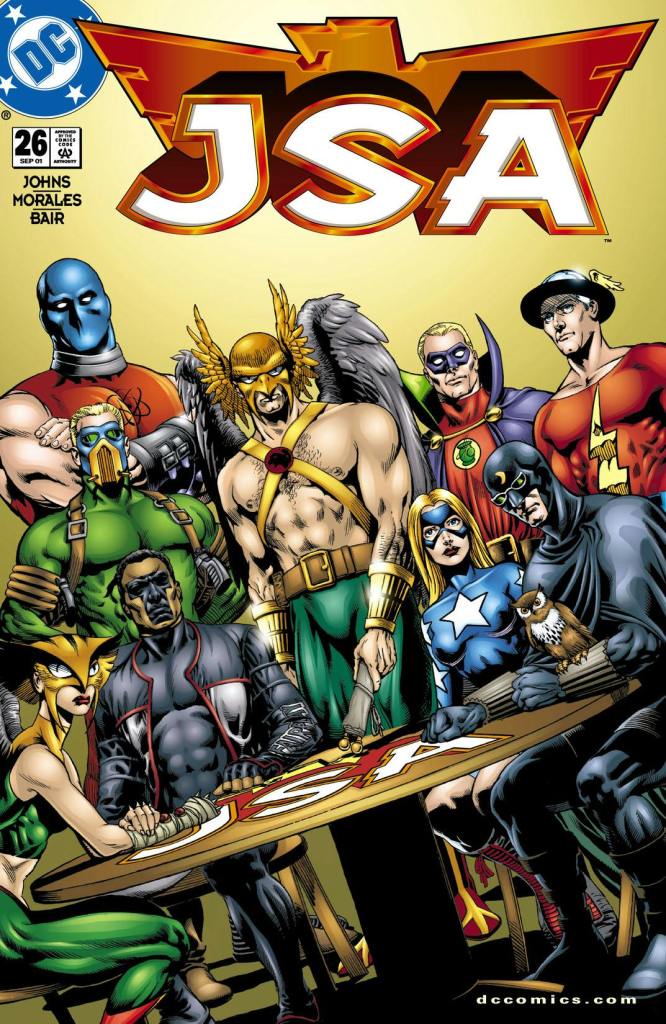
Michael Holt truly came into his own when he joined the reformed Justice Society of America, making his debut within the pages of the critically acclaimed JSA series launched in 1999. Initially consulting, he soon became a full member (around JSA #11). It was here he donned his iconic black, white, and red costume with the T-shaped mask and introduced his signature inventions: the mentally controlled, multipurpose T-Spheres and his nanotech-based invisibility to all electronic detection. These advancements quickly established him as a technological powerhouse, often cited as the third-smartest person on Earth, behind only Lex Luthor and Batman.
Holt’s intellect, competence, and calm demeanor led to a rapid ascent within the JSA. Following a leadership dispute, he was elected the team’s new Chairman (around JSA #26-27), a position he hadn’t sought but embraced, solidifying his status as a respected leader among DC’s most legendary heroes. The JSA series became the crucible where Holt moved beyond his tragic origin, developing into a confident strategist and cornerstone of the team. Key storylines tested his abilities and explored his character: facing magical threats like Mordru and Obsidian in “Princes of Darkness” (JSA #16-20), confronting the concept of reincarnation during a trip to Thanagar in “The Return of Hawkman” (JSA #21-25), dealing with the deadly games of Roulette in “Fair Play” (JSA #11-12), and navigating the complex morality of Black Adam’s actions in Kahndaq during “Black Reign” (JSA #56-58, Hawkman #23-25).
Holt’s atheism remained a central theme, constantly tested by the supernatural realities of the DCU. Arcs like “Black Vengeance” (JSA #73-75), involving the Spectre’s judgment, and the epic “Thy Kingdom Come” (Justice Society of America vol. 3 #9-22), where he encountered the godlike Gog (who couldn’t perceive Holt due to his lack of faith) and his devout Earth-2 counterpart, forced him into philosophical debates, often with his friend Doctor Mid-Nite. While a near-death experience offered a glimpse of his lost family, Holt largely maintained his rational worldview, attempting to scientifically explain phenomena like souls. His crucial role during Infinite Crisis, where Batman selected him to disable the Brother Eye satellite using his technological invisibility, further cemented his importance on a cosmic scale, proving his unique skills were vital to saving the world.
- JSA #11 (2000) – Holt officially joins the Justice Society.
- JSA #16-20 (2000-2001) – “Princes of Darkness” arc, battling magic with science.
- JSA #21-25 (2001) – “The Return of Hawkman” arc, challenging Holt’s rationalism.
- JSA #26-27 (2001) – Holt elected Chairman of the JSA.
- JSA #56-58 (2004) – Part of the “Black Reign” crossover, showcasing strategic thinking against Black Adam.
- Infinite Crisis #1-7 (2005-2006) – Plays a key role in disabling Brother Eye.
- Justice Society of America (vol. 3) #9-22 (2007-2008) – “Thy Kingdom Come” arc, confronting Gog and exploring his atheism.
Espionage, Exploration, and Evolution (2006-Present)
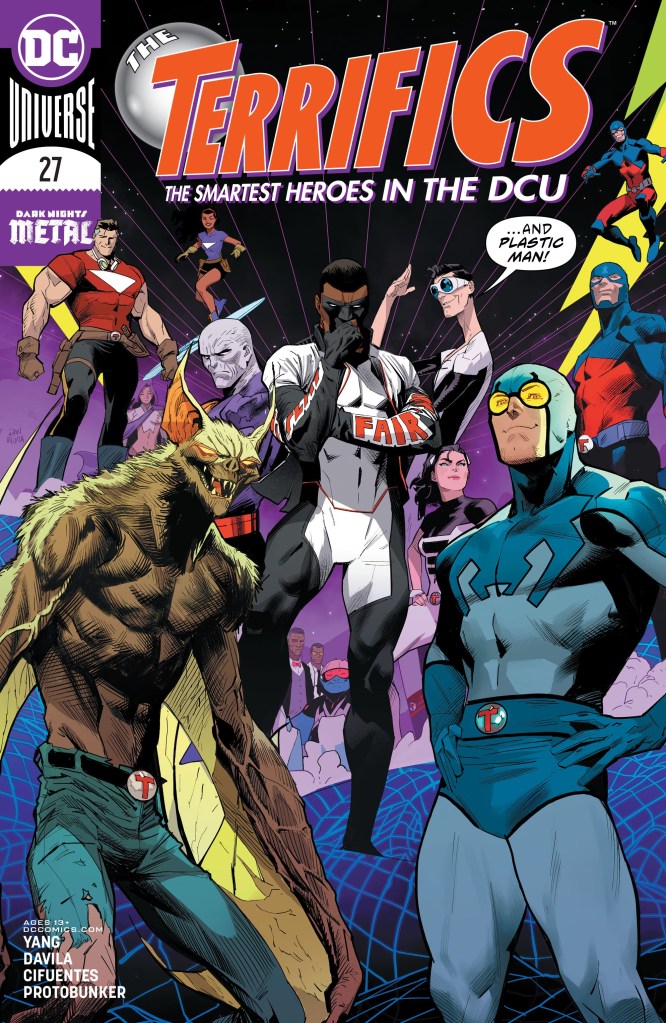
Following his established leadership in the JSA, Michael Holt’s sphere of influence expanded into espionage when he joined the restructured Checkmate organization in the series launched by Greg Rucka with artist Jesus Saiz in 2006. Operating under a UN charter, this version of Checkmate used a chess-based hierarchy (King, Queen, Bishop, etc.) divided into Black (operations) and White (intelligence) sides. Holt initially served as the White King’s Bishop under Alan Scott but was soon promoted to White King (Checkmate #11-12), placing him in a position of power opposite the formidable Amanda Waller (White Queen) and involving him in a complex relationship with Sasha Bordeaux (Black Queen). This role forced Holt to navigate morally gray international incidents and internal power struggles, showcasing his adaptability and creating tension with his JSA duties, eventually leading him to relinquish his JSA chairmanship to Power Girl.
The New 52 reboot in 2011 gave Michael Holt his first ongoing solo series, Mister Terrific, written by Eric Wallace with art primarily by Gianluca Gugliotta. This rebooted version saw Holt leading Holt Industries and battling various science-based threats across the globe and beyond. The series explored corporate intrigue and introduced a potential future son, but it struggled to find its footing. Lasting only eight issues, it faced criticism for weak villains, disjointed plotting, and failing to capture the established character’s essence. Following its cancellation, Holt was transitioned to the Earth 2 series, interacting with heroes of that parallel world, including the villainous version of Terry Sloane (Mr. 8). This period effectively sidelined Holt from the main DCU for a time.
Returning to the main DCU spotlight in 2018, Holt spearheaded the science-exploration team The Terrifics. While the initial premise involved the team being bound by Dark Multiverse energy, the series evolved over its 30-issue run under writers like Jeff Lemire and later Gene Luen Yang. It delved deeper into the bizarre consequences of their bond, explored strange new dimensions, and tackled threats ranging from the technological machinations of the T-Council (evil versions of Holt) to the reality-warping antics of Doctor Dread. This provided a platform for Holt to consistently apply his intellect to seemingly impossible scientific problems, while also forcing him to manage the volatile and often comedic interactions with teammates.
In recent years, Holt’s significance was further highlighted in the critically acclaimed maxi-series Strange Adventures by Tom King, Mitch Gerads, and Evan “Doc” Shaner. Tasked by Batman to investigate war crime allegations against space hero Adam Strange, Holt’s methodical, rational approach became the lens through which the story explored complex themes of truth, narrative, trauma, colonialism, and racial bias.
- Checkmate (vol. 2) #1-25 (2006-2008) – Holt navigates espionage and becomes White King.
- Mister Terrific #1-8 (2011-2012) – Short-lived New 52 solo series.
- Earth 2 #1-6 (2012) – “The Gathering” arc; Holt arrives and establishes himself on the parallel Earth after his solo series cancellation.
- The Terrifics #1-30 (2018-2020) – Leads a science-focused exploration team; key runs by Lemire and Gene Luen Yang.
- Strange Adventures #1-12 (2020-2021) – Deep character study using Holt as an investigator into complex themes.
What other Mister Terrific stories would you recommend to comic book beginners? Let us know in the comments!
The post Every Essential Mister Terrific Comic to Understand the DC Hero appeared first on ComicBook.com.
